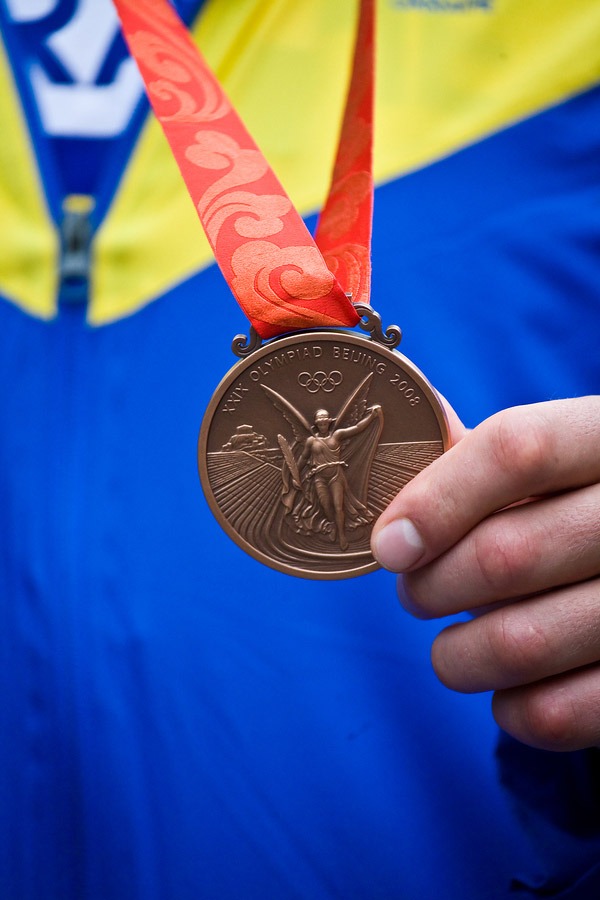Bellevue 425-454-1283 · Lynnwood 425-672-2646 · Issaquah 425-392-0450 · Tacoma 253-328-4014


With the start of the Winter Olympics, the whole world has turned its eyes toward Sochi, Russia — and everyone is dreaming of gold. Here are some details about the tradition of awarding medals in Olympic history, as well as the lowdown on the gold, silver and bronze medals at this year’s Olympic Games in Sochi.
In the beginning, there were no medals. The Olympics began as a series of contests between Greek city-states back in 776 BC. Held every four years for more than a millennium, the games included running events, wrestling, javelin throwing and chariot racing. Winners received an olive wreath from the wild olive tree that grew at Olympia — and four years’ worth of bragging rights.
The modern Olympic Games began in 1896 in Athens, Greece. Event winners received a silver medal and an olive branch — symbolizing the original olive wreath of the ancient games — while the second-place contestant took home a copper or bronze medal and a branch of the laurel tree.
The custom of awarding gold, silver and bronze medals to the top three finishers in each event commenced with the 1904 Summer Olympics in St. Louis, Missouri. At that time, the first-place medals were solid gold. However, that practice quickly became too expensive, and the last time pure gold medals were awarded to Olympic winners was in Stockholm, Sweden, at the 1912 Summer Games.
The gold medal at this year’s Sochi Olympic Games weighs 531 grams, making it one of the largest ever awarded. If it were made of pure gold, it would be worth nearly $24,000 at today’s gold prices. Based on its composition, however, it’s worth quite a bit less.
Here’s the breakdown of precious metal content in each medal:
Gold: Composed of 525 grams of silver (at least .925 grade) covered with six grams of pure gold. Worth about $600 based on today’s gold prices.
Silver: Composed of 525 grams of silver (at least .925 grade). Worth about $370 based on today’s silver prices.
Bronze: Composed of copper mixed with zinc and tin. Worth about $3.50.
According to the International Olympic Committee, approximately 4,000 pounds of silver, 1,540 pounds of bronze and 13 pounds of gold were used in the fabrication of the medals for the Sochi Games. The process employed about 30 expert jewelers and engravers, and took several months to complete — with each medal requiring about 18 hours of work.
It’s good to keep in mind that the value of an Olympic medal is often much higher than the precious metal it contains. Typically, the more popular the athlete who wins the metal, the more it’s going to be worth to a collector. For example, an Olympic gold medal won by Jesse Owens at the 1936 Berlin Games recently sold at auction for nearly $1.5 million, the highest price ever paid for a piece of Olympic memorabilia.
If all this Olympics talk has stimulated your interest in buying, selling or just learning more about gold and silver, come see the experts at Bellevue Rare Coins in Bellevue and Lynnwood.
Bellevue Rare Coins specializes in gold buying and dealing in rare coins. We are a family-owned business located in Bellevue and Lynnwood. We also buy and sell gold, silver, diamonds, currency and jewelry. Visit us first for a free evaluation.
Did you like this post? Share it with your friends or like it on Facebook.